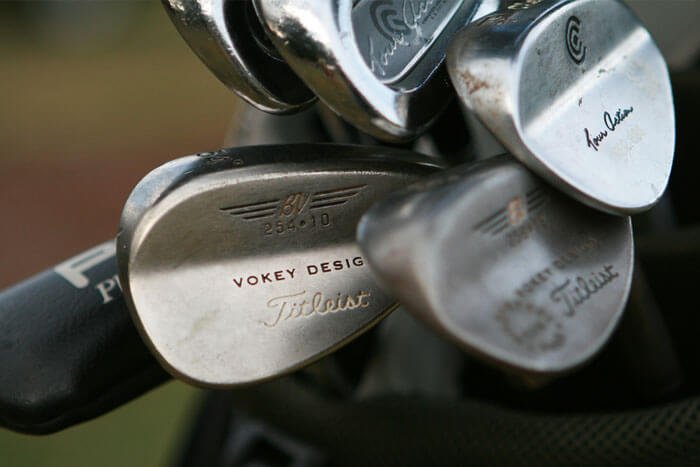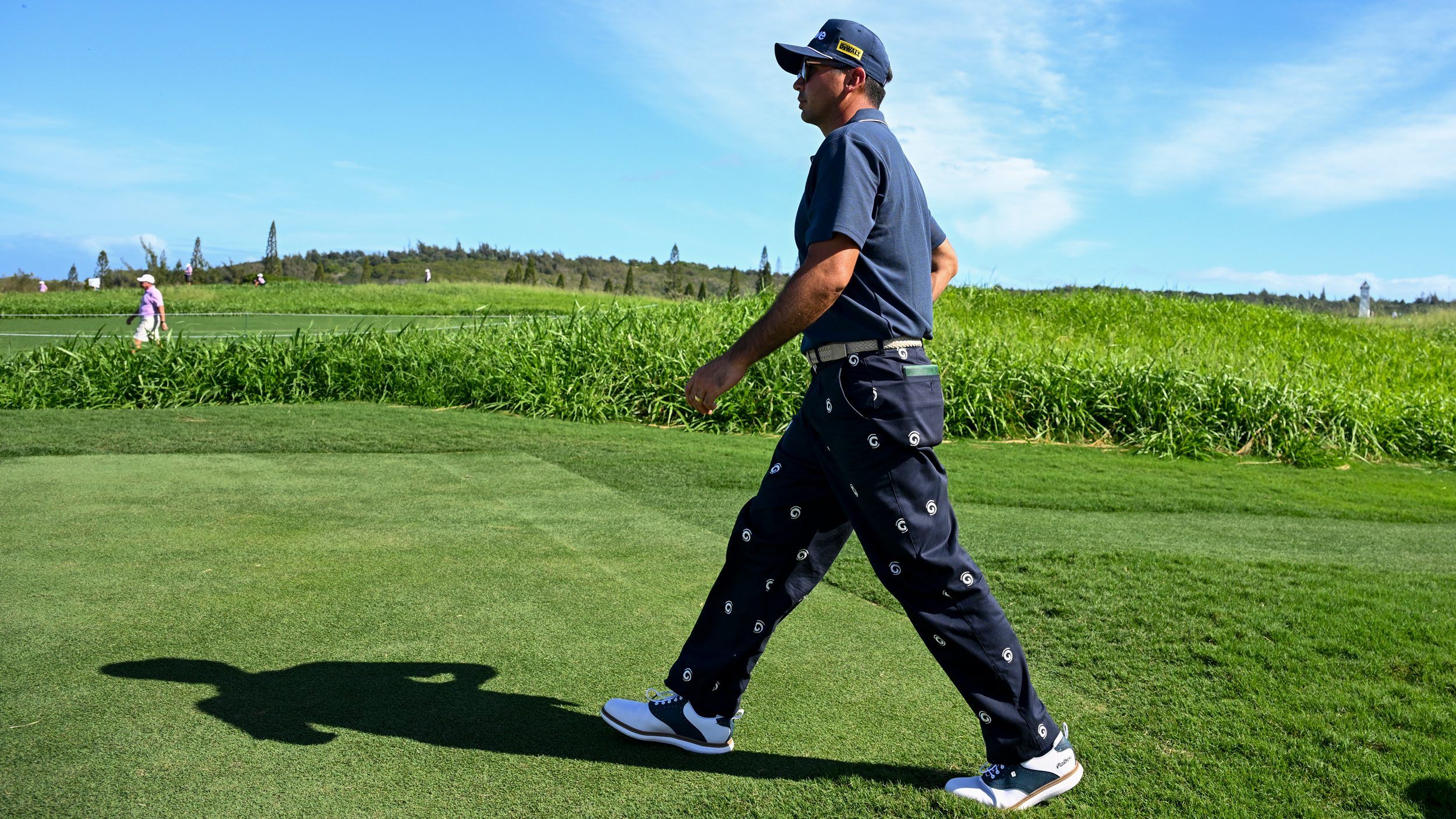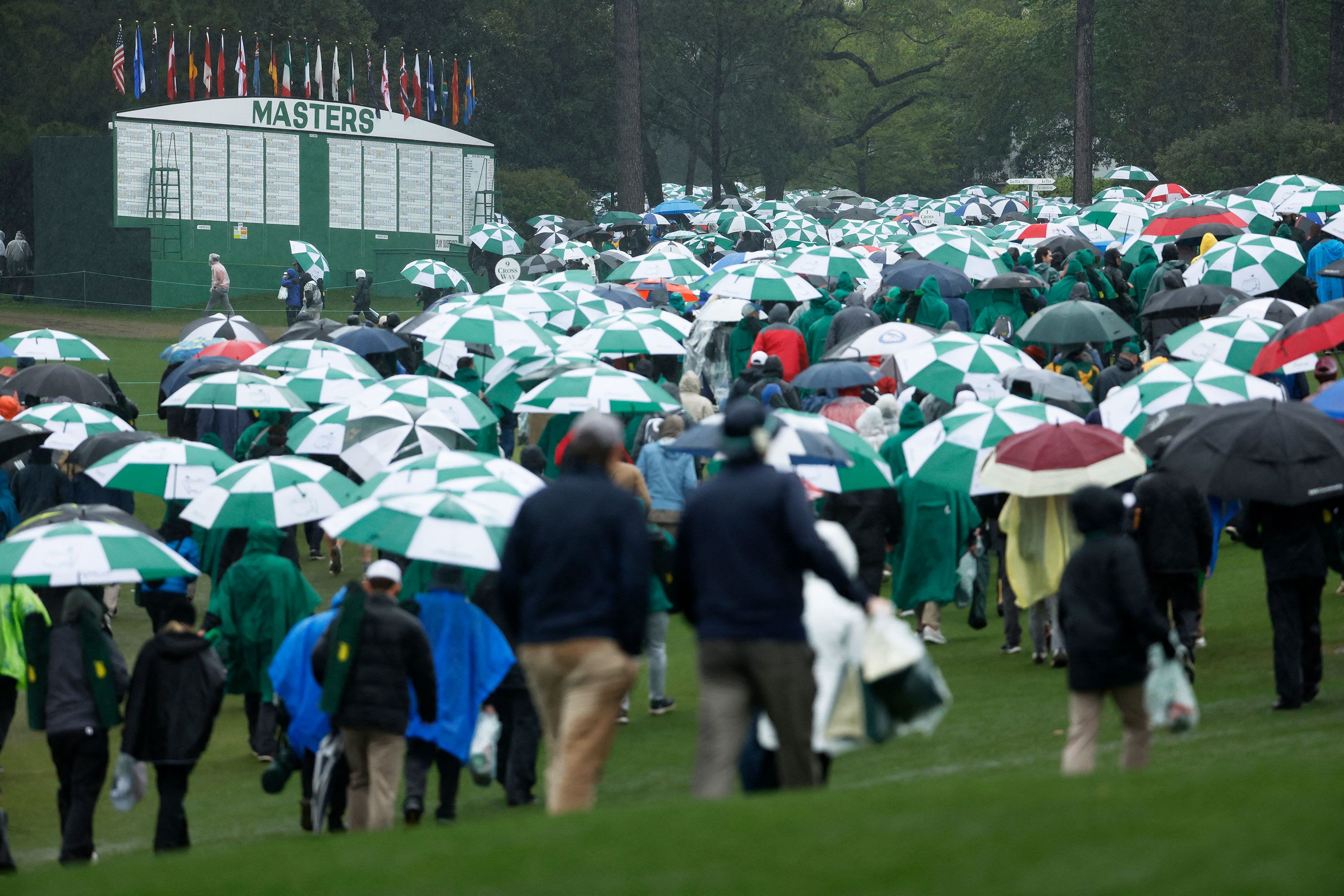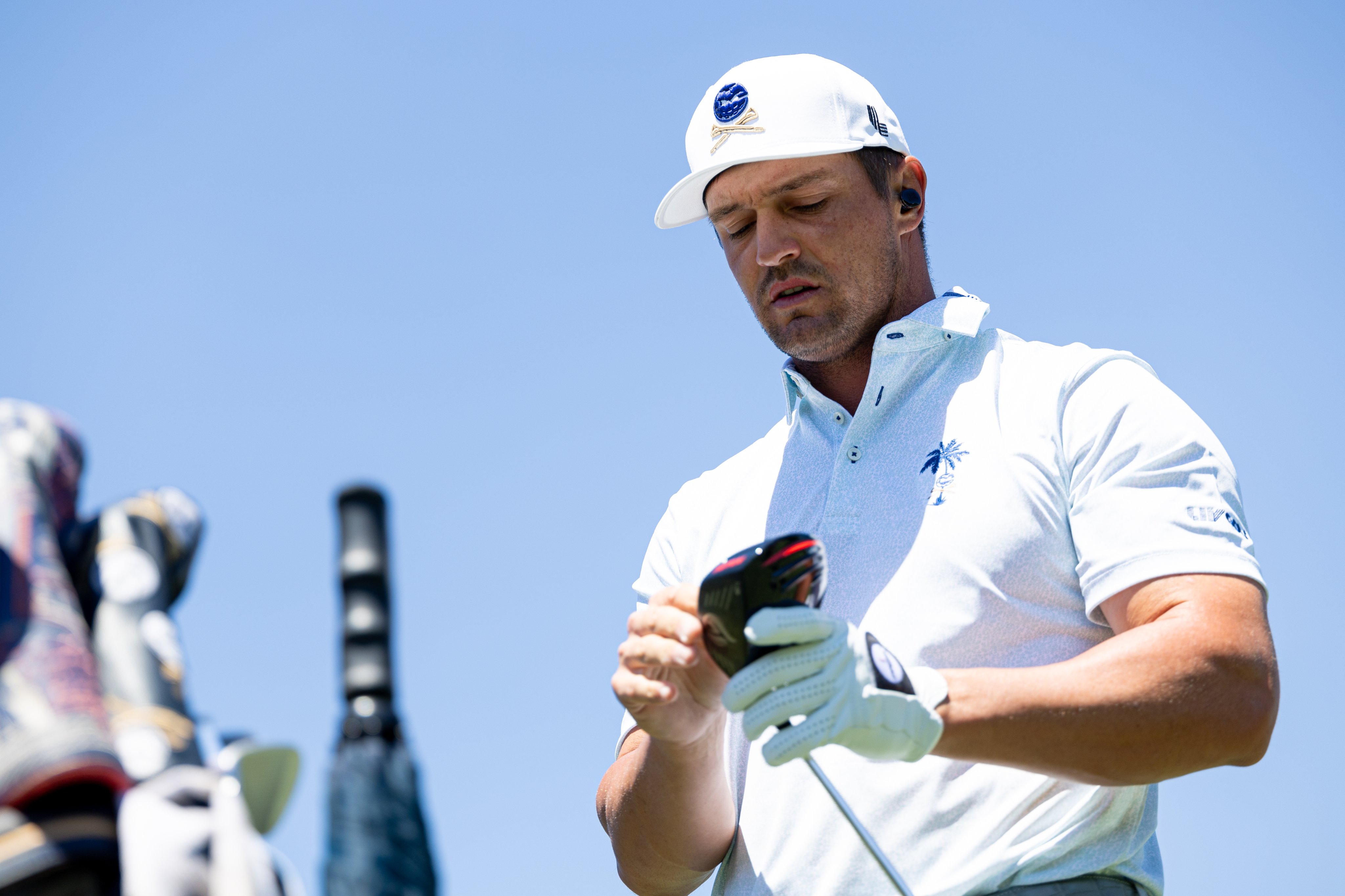Club Selection
Overcome Hating That One Golf Club in Your Bag

We all have that one golf club that we just hate—okay, maybe some of us have two (or three….or 14).
Anyway, if you would like to take a step forward in your game, one of the best things you can do is learn how to love each and every club in the bag. While that might seem like an impossible goal at the moment, it is very much within reach if you are willing to keep an open mind and put in some time on the practice range.
As long as all of your clubs are a good fit for your swing, there is no reason why you can’t get excellent performance from all of them on a consistent basis.
Identifying a Problem
Without even getting up off the couch, quickly think about which club in your bag would would consider your “least favorite.”
Does one come to mind right away?

Most likely, the answer is yes. If not, you may not need to worry about this problem at all. However, for most players, it won’t take long to think of the club that just doesn’t like to cooperate. This is the club that you try to avoid pulling when at all possible, and you never have any confidence in the shot you’re hitting when you do have to put it in play.
So, should you just toss this club in the nearest water hazard and order something else? Not necessarily.
Just because you are getting poor results currently doesn’t mean that you are destined to struggle with this club forever. Most likely the problem is one of confidence, and finding a way to build up some needed confidence in this club could be all you have to do to get it on track.
Planning a One-on-One Range Session
While it probably sounds like as much fun as a root canal, the best thing you can do when you have a bad relationship with one of your clubs is to take it to the range—by itself.
Get a bucket of balls and head out to the tee line with just the single club that you are having trouble hitting successfully. Every shot of this range session will be hit with this one club (and it has to be…since it is the only one you brought along!), so you will be forced to work through your issues. There will simply be nowhere to hide.
At first, you might feel like this practice session was a big mistake after hitting just a few balls, but give it time. The truth is that you probably never give this club much of a chance to work out its problems. Think about it, how many times do you simply expect the club to fail and then put it away when it does so.
By hitting 25 or 30 balls in a row with this one club, you might find that you start to develop a feel for how it works and what you need to do to get it to perform.
Don’t be surprised to find that your ball flight has dramatically improved by the end of this intensive practice session.
Building Trust on the Course
The driving range is one thing, and the golf course is something completely different. Even if you have a good range session or two with your hated club, you likely will still have doubts when you pull that club from your bag during a round. With that in mind, it may be beneficial to your game in the long run if you are willing to play a round or two while focused on just this one challenging stick.
Of course, you aren’t going to be able to get around the entire course with just one club, but you should try to hit the club as often as possible.
For instance, let’s say that your problem club is a hybrid. Instead of hitting your driver, try hitting the hybrid off of the tee for the majority of the day. Sure, that isn’t going to be optimal for scoring, but that isn’t the point. The goal of these rounds should be to see successful shots with a club that you thought was your worst enemy.
Once you see a few good shots land in the fairway or on the green, you just might start to change your attitude about this club. In fact, between a focused range session and some dedicated time on the course, you may find that a club you used to hate might turn into one of your go-to options.
Moving On
Just like in any other relationship, there comes a point when it is better to just move on rather than continue to fight the good fight. If you have taken the steps above—including spending real time on the range and the course with this club—and you still aren’t seeing good results, there is a chance that this club just isn’t a good fit for your swing.
Even if it tests out well from a mechanical standpoint, there might just be something about the club head or shaft that doesn’t jive with your swing. Even the best players will run into a club from time to time that they just don’t like, and that might be what is going on here.
If you decide to move on from this club, don’t just toss it in the trash because it almost certainly has some value to someone else. You might be able to trade it in for credit toward another purchase, or you could just sell it online for a little cash. Either way, you can pick up some money towards the purchase of your replacement club, and someone else can try to turn this old club into a winner.
The Final Word
Most of the time, a golfer will hate a club simply because it has failed them in a couple of big spots over the years. Generally, there is nothing actually wrong with the club, or the way the club works with your swing. Usually it is a simple lack of confidence that leads to all the trouble, and that problem can be solved with some focused practice time.
If you are willing to head to the range and to the course to work out your issues, the relationship with your hated club can likely be saved after all.
Cover Photo via Flickr
-
Equipment3 days ago
Bryson DeChambeau is Using Custom 3D Printed Irons at The Masters
-

 Fantasy Golf Predictions1 week ago
Fantasy Golf Predictions1 week agoFantasy Golf Picks, Odds, and Predictions – 2024 Masters Tournament
-

 News7 days ago
News7 days agoMalbon Has Jason Day Looking DAPPER for The Masters
-

 News7 days ago
News7 days agoDark Skies Ahead: Masters Forecast to Favor Bad Weather Golfers
-

 News1 week ago
News1 week agoTiger Woods Health Before Masters Tournament Revealed
-

 News7 days ago
News7 days agoLANDSLIDE: Brandel Chamblee Predicts a Runaway Victory for Past Masters Champ
-
News4 days ago
U.S. Open Champ Takes a Dig at DeChambeau, but Is It Warranted?
-

 Apparel5 days ago
Apparel5 days agoViktor Hovland Joins Team Puma












